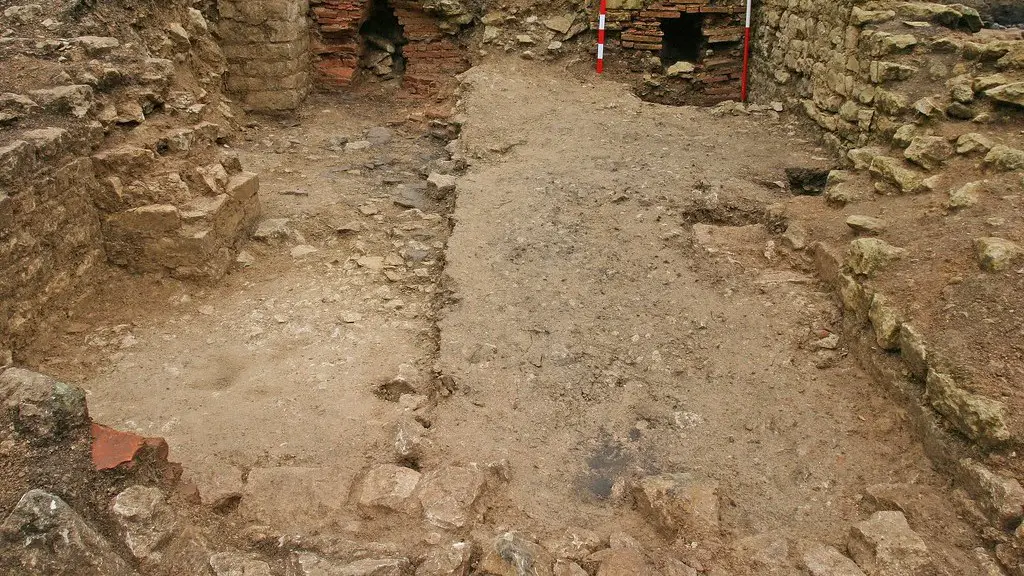Why Ancient Rome Was Built Where It Was
Built on the banks of the Tiber River in the 8th century BC, Ancient Rome soon evolved into one of the most powerful and influential cities of its time. While it is difficult to pinpoint the exact reason why the city was established in this particular location, one could assume that a variety of factors influenced the decision, many of them geographical.
Experts believe that the area was attractive to the settlers due to the natural protective barriers provided by the nearby rivers and a number of tall hills. In addition, the rich soil of the Tiber valley was ideal for intensive farming and the resources available would have provided a reliable food supply for the growing city.
The city was strategically located close to the Mediterranean Sea and the important trade routes. This not only made it easier for imported goods, such as certain metals, to reach Rome, but it also enabled the city to develop a strong trading and financial network. In addition, it made it easier to spread the influence of the Roman Empire and expand its borders.
Furthermore, the Italian peninsula was relatively close to the Greek city-states, with whom the Romans had close ties. This not only allowed them to tap into the knowledge base created by the Greeks which included logic, philosophy, and architecture, but it also enabled them to adopt the ideas and borrow elements from the other societies they encountered.
In addition, the city was developed near the seven hills, which provided it with a good defense against potential enemies. The hills gave the city a sense of stability, enabling them to raise thick walls and towers. From here, the city’s soldiers could spot potential threats long before they arrived, providing them with extra time to launch a response.
Finally, a number of roads also ran through and around the city, making it easy for the people to transport and trade goods, and also providing them with access to other parts of the empire. This allowed the city to maintain its power and authority, by making it difficult for rival cities to gain any ground.
Reason One: Geographical Relevance
The geographical features of the Tiber Valley, its access to the Mediterranean Sea, proximity to the Greek city-states and its fertile grounds were thought to be an important factor in the construction of Ancient Rome. The strategic location of the city provided it with natural protection from enemies, as well as access to resources and, importantly, trade.
Reason Two: Strategic Military Position
The construction of the city on the seven hills increased its strength by providing it with a natural defense against potential invaders. With its walls and towers built on the hilltops, the people of Rome could keep a close eye on their surrounding area and take appropriate action before any threats reached the city.
Reason Three: Improved Communications
The roads running through Rome greatly improved communication between the various parts of the city. This allowed the people to move goods and services, as well as enjoy access to other areas of the empire. It also enabled them to maintain contact with the Greek city-states, allowing them to learn and borrow elements from their society.
Reason Four: Economic Benefits
Ancient Rome enjoyed significant economic benefits from its strategic location. Having access to the sea and other trading markets allowed them to import various goods and acquire necessary resources. This enabled them to grow and develop into one of the most powerful cities of its time.


